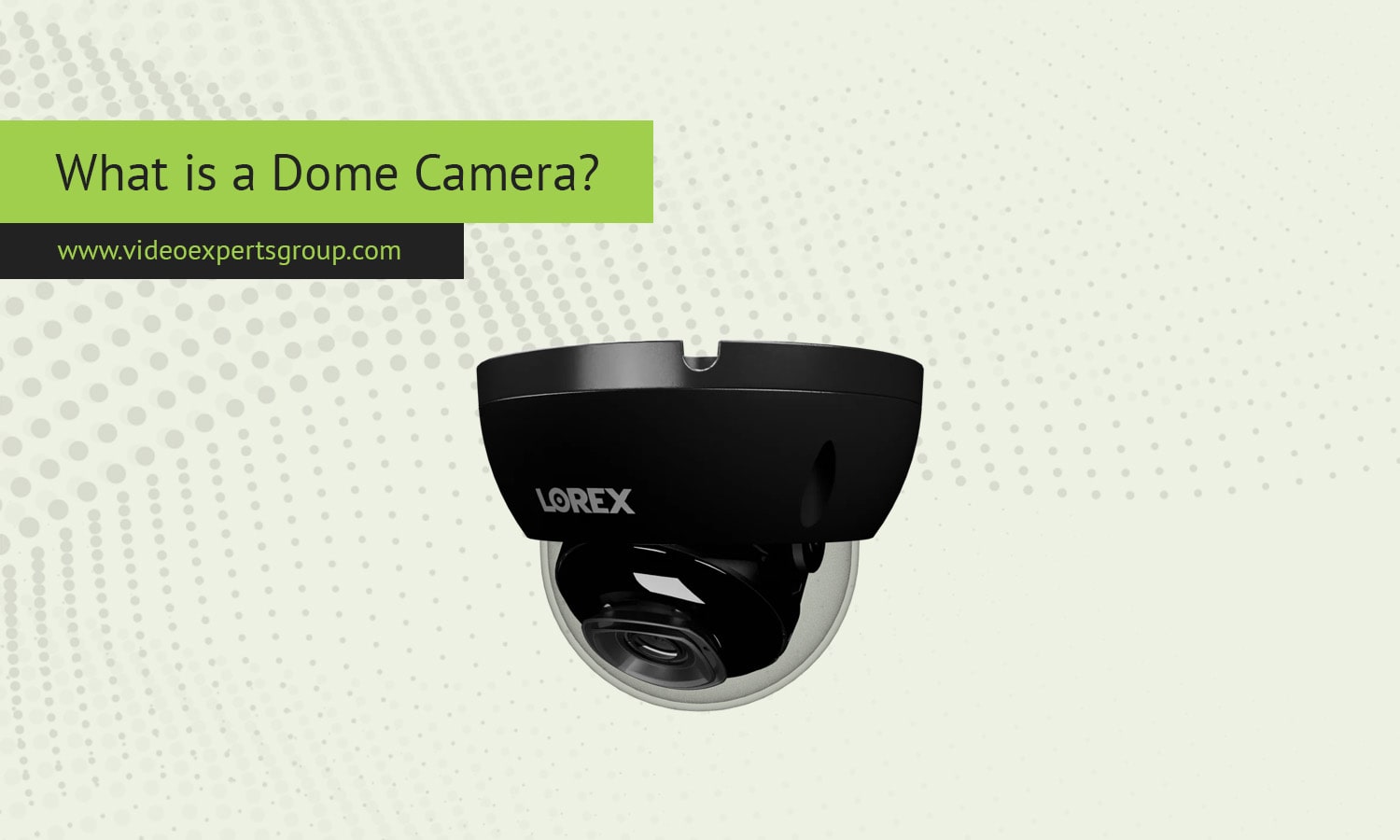Dome cameras are a popular type of security camera widely used in both residential and commercial settings. Named after their dome-shaped design, these cameras are known for their unobtrusive appearance and versatility in surveillance applications. Dome cameras are often installed on ceilings or walls, offering a wide field of view while blending seamlessly into the environment. Their sleek and compact design makes them a preferred choice for locations where aesthetics and surveillance need to coexist.
Meaning
A dome camera is a type of surveillance camera housed in a transparent dome-shaped casing. The camera inside the dome can be either fixed or equipped with a pan-tilt-zoom (PTZ) mechanism, allowing it to cover different angles and areas. The dome itself serves both as a protective cover and as a design element that conceals the camera’s orientation, making it difficult for potential intruders to determine which direction the camera is facing.
Dome cameras come in various sizes and specifications, with options for indoor and outdoor use. Many models are equipped with infrared (IR) LEDs for night vision, weatherproof casings for outdoor durability, and vandal-resistant features to prevent tampering.
Are Dome Cameras 360 Degree?
Dome cameras can offer 360-degree coverage, but this depends on the specific model and its capabilities. Standard dome cameras typically have a fixed lens that provides a wide field of view, but not a full 360 degrees. However, PTZ dome cameras or those with a fisheye lens can achieve 360-degree coverage by rotating the camera lens or capturing a panoramic view.
A 360-degree dome camera with a fisheye lens captures a complete view of its surroundings, allowing users to monitor an entire area with a single camera. This makes them ideal for monitoring large spaces like parking lots, lobbies, and retail stores. Some 360-degree dome cameras also feature de-warping technology, which corrects the distortion caused by the fisheye lens, providing a clearer and more usable image.
When to Use a Dome Camera?
Dome cameras are versatile and can be used in various scenarios, including:
- Retail Stores: Dome cameras are commonly used in retail settings due to their discreet design and wide field of view. They can monitor aisles, checkout counters, and entrance/exit points, helping prevent theft and enhance security.
- Offices: In office environments, dome cameras can be installed in lobbies, hallways, and meeting rooms to monitor employee and visitor activity, ensuring a secure workplace.
- Hospitals: Dome cameras are suitable for monitoring corridors, patient rooms, and other sensitive areas in hospitals. Their unobtrusive design is less likely to cause discomfort to patients while providing necessary security.
- Public Spaces: Dome cameras are often used in public areas like airports, train stations, and shopping malls, where large crowds gather. Their wide coverage and vandal-resistant features make them ideal for such environments.
- Residential Areas: Dome cameras are also a good option for home security, offering effective monitoring of entryways, garages, and common areas.
Advantages and Disadvantages
Advantages:
- Discreet Design: The dome-shaped casing makes these cameras less noticeable, which can be beneficial for environments where you don’t want the cameras to stand out.
- Wide Field of View: Many dome cameras offer a broad field of view, making them suitable for monitoring large areas with fewer cameras.
- Vandal-Resistant: Dome cameras often feature a tough, impact-resistant housing that protects the camera from vandalism and tampering.
- Weatherproof Options: Many dome cameras are designed for outdoor use, with weatherproof casings that protect them from the elements.
- Concealed Camera Orientation: The dome design makes it difficult for individuals to determine which direction the camera is pointing, adding an extra layer of security.
Disadvantages:
- Limited Coverage in Some Models: Not all dome cameras offer 360-degree coverage. Models with fixed lenses may have limited viewing angles compared to PTZ or fisheye lens cameras.
- Installation Complexity: Installing dome cameras, especially on ceilings, can be more challenging and may require professional installation.
- Potential for Glare: The dome casing can sometimes cause glare or reflections, especially when used in areas with strong lighting, potentially affecting image quality.
- Higher Cost for Advanced Features: Dome cameras with advanced features like 360-degree coverage, PTZ functionality, or high-resolution imaging tend to be more expensive than basic models.
Dome cameras are a reliable and versatile option for a wide range of surveillance needs. Their discreet design, combined with various technical features, makes them suitable for both indoor and outdoor applications. However, it’s essential to choose the right model based on your specific security requirements to fully leverage the benefits they offer.
















